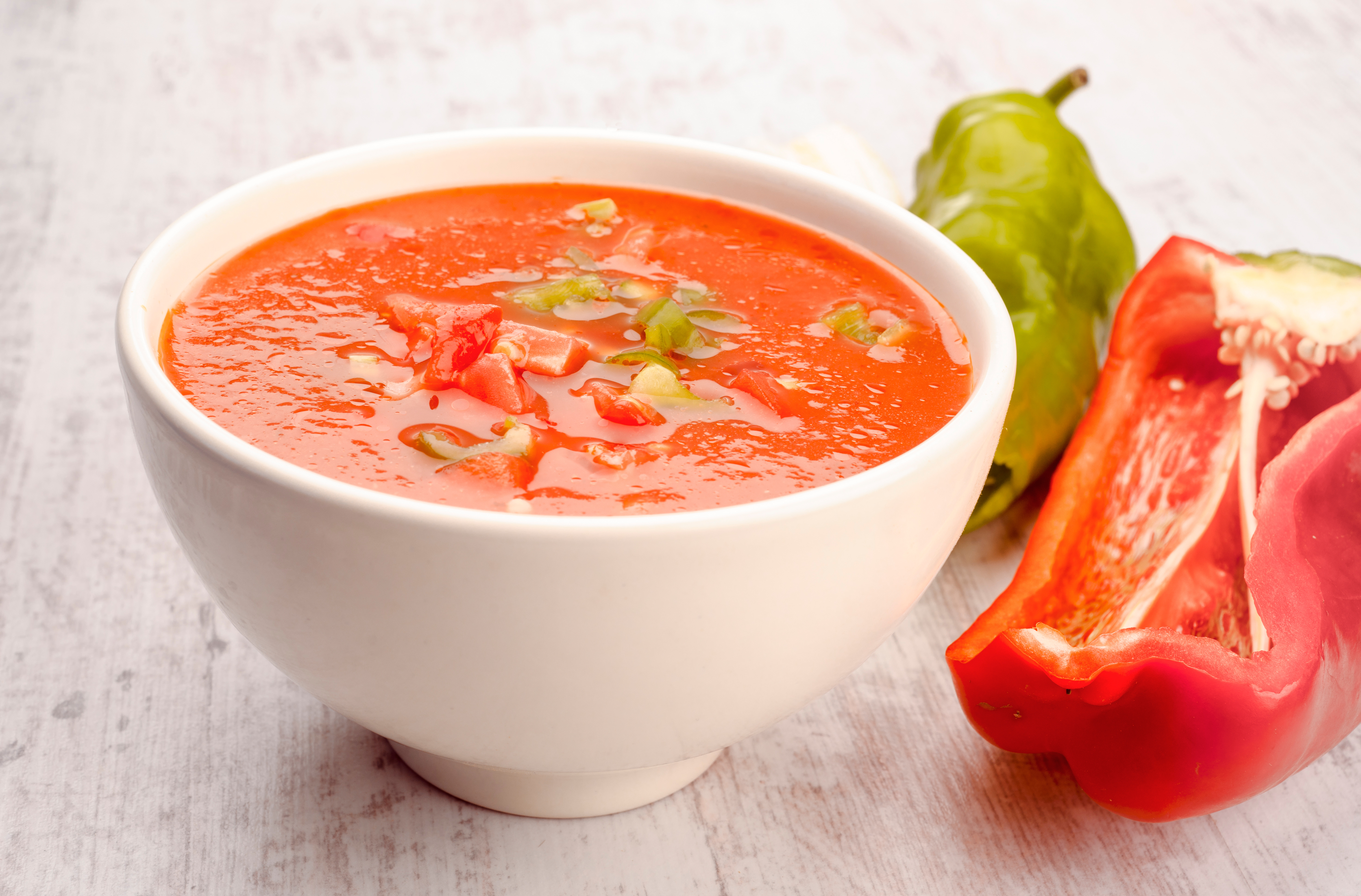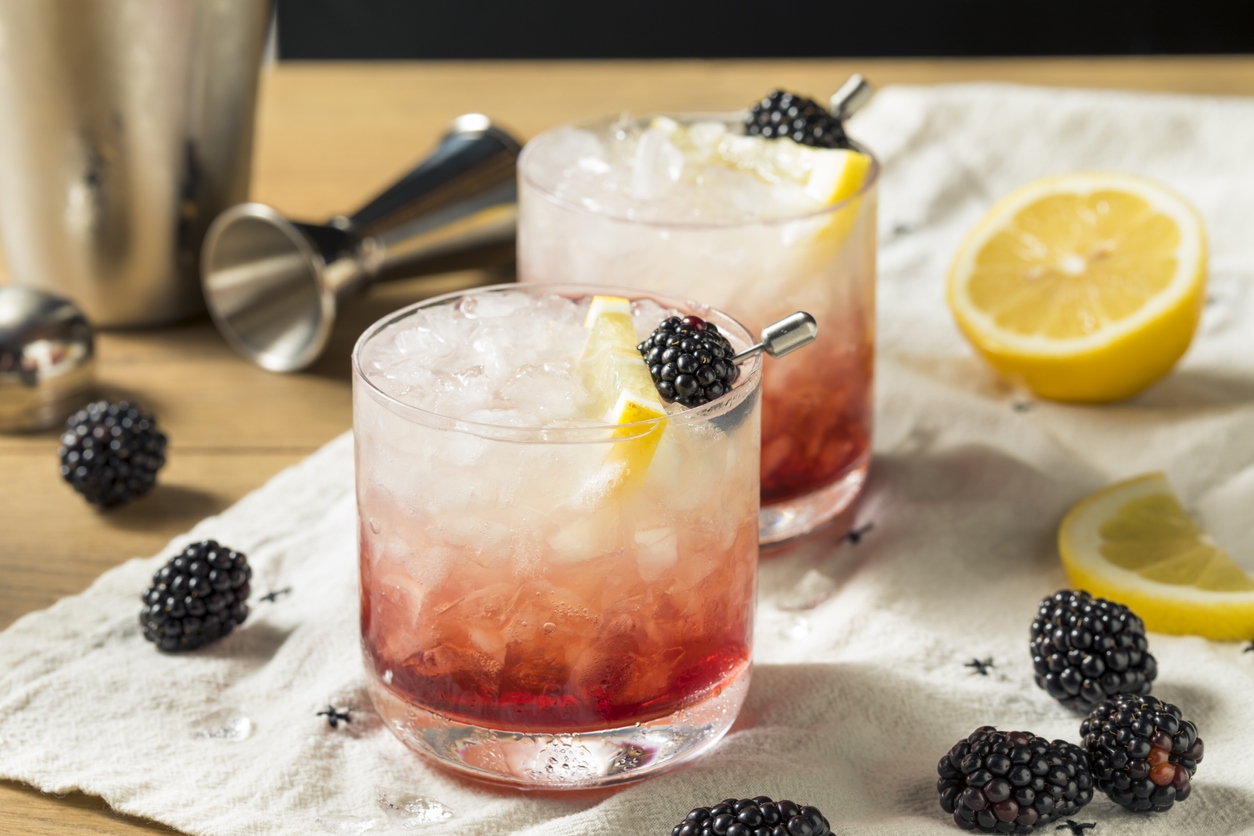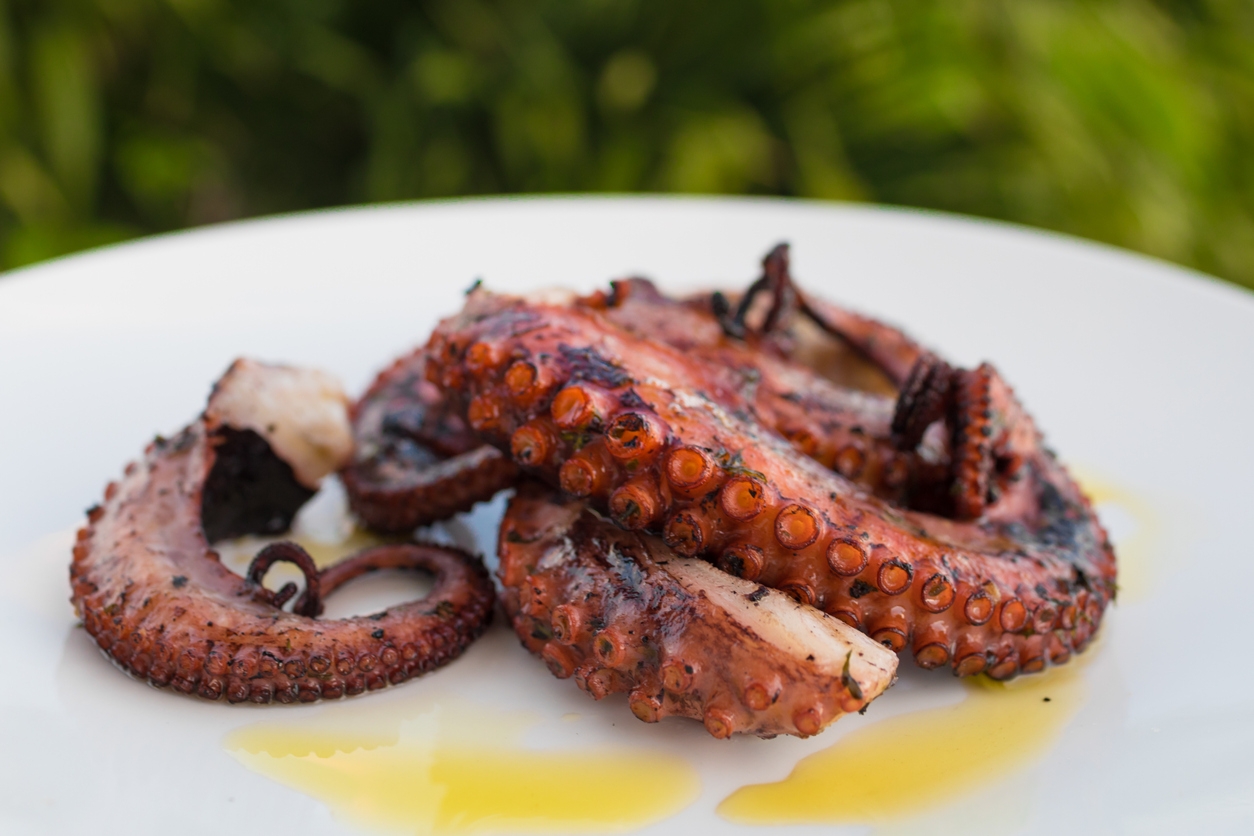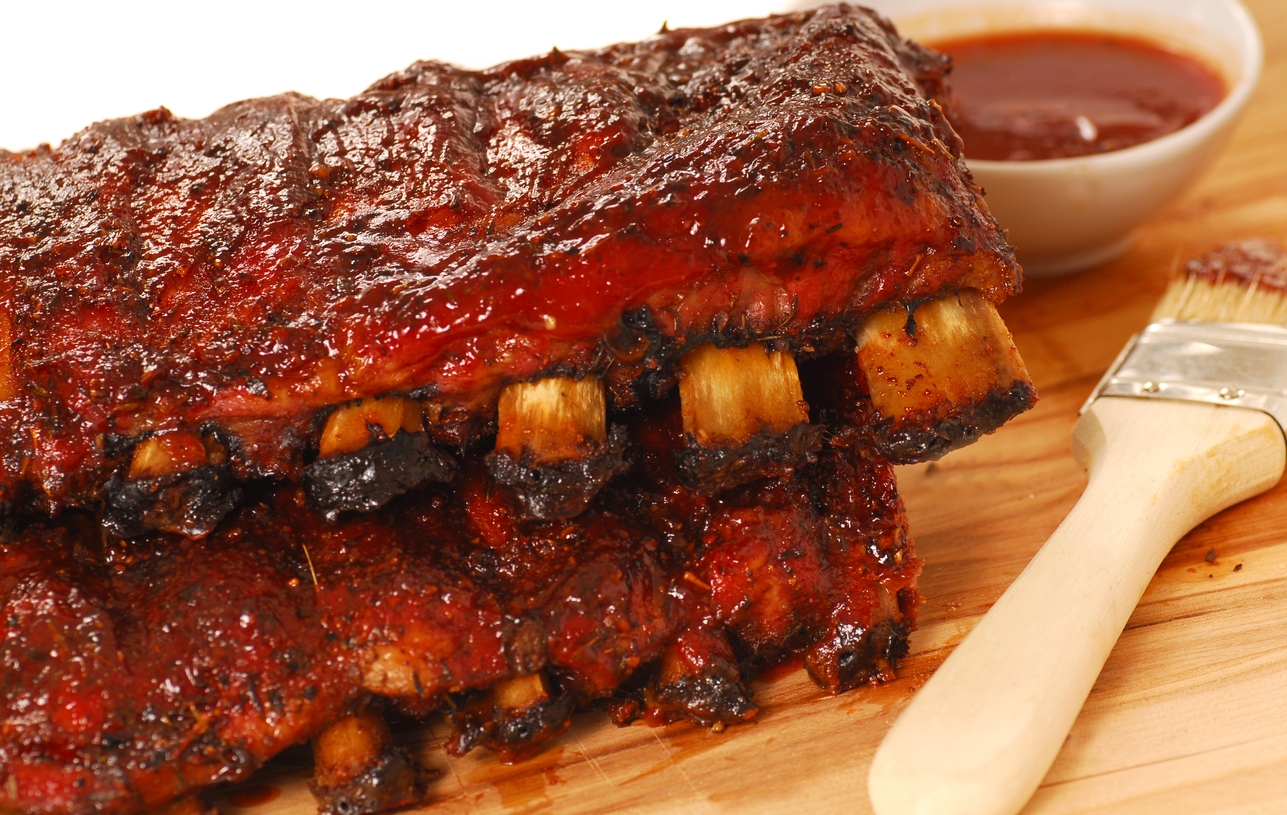Quick Guide to Canning
Canning preserves the flavor of produce and allows you to store it for use at a much later date. Fruits and vegetables picked in the summer at their peak of ripeness can be preserved for serving in the middle of winter. In the canning process, heat destroys food spoiling agents such as yeasts, mold and bacteria. Some bacteria is killed by temperatures of 212 degrees in the boiling water bath. Other bacteria which causes botulism food poisoning is only destroyed by temperatures of 240 degrees in the pressure cooker. Home canning is safe when canning procedures are carefully followed.
Acid Foods
Fruits and tomatoes need to reach boiling temperature of 212 degrees to kill any organisms which could cause spoilage. The boiling water bath is one method used for canning these acid foods. A container is needed large enough to hold the canning jars on a rack, allowing them to be covered with water that will boil. The pressure cooker may also be used for canning acid foods. 5 lbs of pressure is recommended and the time needed is shorter than in a boiling water bath. During the hot summer, this advantage may be important to you. The open kettle method is no longer recommended for any fruits or tomatoes because it is impossible to prevent contamination at the time the jar is filled.
Low Acid Foods
Vegetables need to reach a temperature higher than boiling water so they are pressure cooked to assure safe canning without danger of botulism. Follow manufacturers’ directions carefully when using a pressure canner. Vegetables should not be canned by the boiling bath method.
Syrup Pack
Our recipes for canning fruit call for medium syrup, but a water pack can be used. Follow the same directions, using hot water instead of syrup. We suggest that you add ascorbic acid to fruits that darken easily. Artificial sweeteners can also be added to the water pack.
Jars
Use standard canning jars because they are specifically designed for canning. Do not use other types such as empty salad dressing jars. Such jars are not designed to withstand sudden changes in temperature or the high temperatures of pressure cooking.
Sealing Jars
We recommend vacuum seal lids which are the easiest and most convenient to use. The seal can be checked at a glance by noting a depressed center of the lid when the content of the jar is cooled.
Do Not Can Food in the Oven
Conventional and microwave ovens are not satisfactory for canning because the jars may explode or the temperature of the food will not get high enough to kill botulism producing bacteria.






No Comments